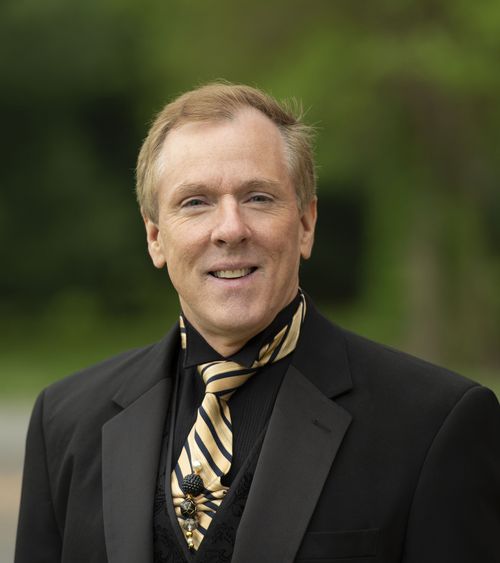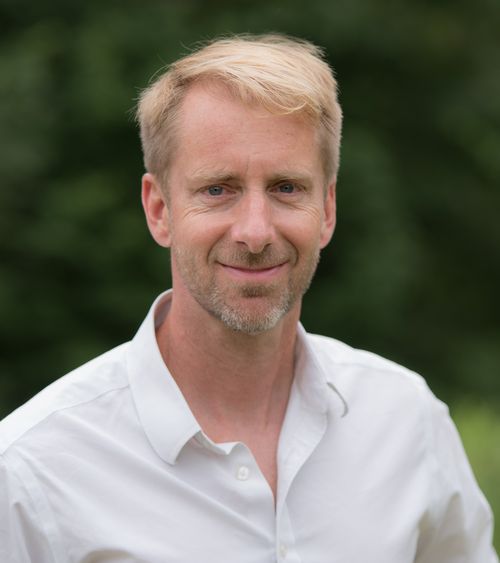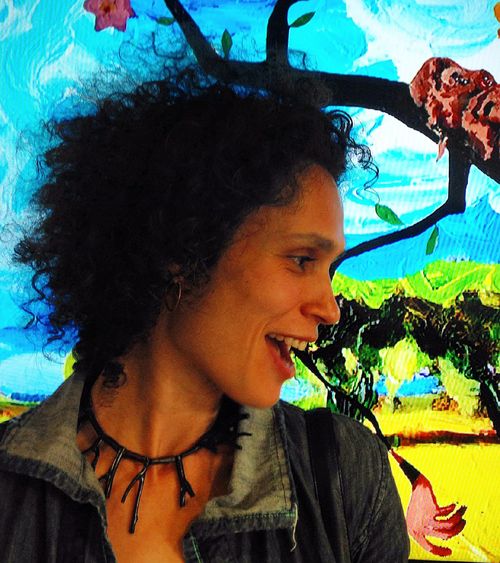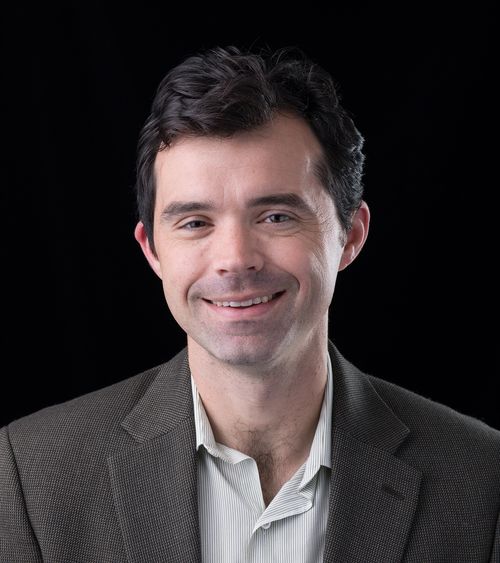My research has always focused on the music and musicians who contributed to that glorious time between the wars known as the Weimar Republic yet did not survive the rise of National Socialism in Germany and Austria. Since the completion of my book on Willy Rosen (Weimar’s version of Barry Manilow), I have become fascinated with the music and musicians who went into self-exile in Vienna and New York City, particularly homosexual men and how their selection of a “safe city” was reflected in the status of gay rights and community within their chosen Stadt. These are two extremely different locales with sharply contrasting laws concerning male homosexuals. Did the “laws of the land” have any part in the decision to relocate? As most of these homosexual men were cabaret performers first in Berlin, what effect did the cabaret culture of their chosen city play in their decision making?
Our 2020–21 US scholars are starting to arrive
25 Jänner 2021We asked our incoming US scholars to talk about their grant activities over the coming months to gain insight into what they'll be doing in Austria. We share here four responses—and we're looking forward to all the exciting projects our entire 2020–21 cohort of US Fulbright scholars will undertake in the coming months!
Casey Hayes, Fulbright-Botstiber Visiting Professor of Austrian-American Studies

America, or any quasi-democratic society outside the European mainland, would make sense as a point of exile. Vienna, however, is an odd choice, aside from the lack of a language barrier. Having been raised in NYC and as a former conductor of the New York City Gay Men’s Chorus, the resources afforded me by the city are well known and mostly vetted. During my time in New York, I was considered the expert on this subject; yet compared to my Viennese counterparts, I knew nothing. Thus, Vienna is the city I need to be in to gather my resources and partner with the likes of Regina Thumser-Wöhls of Linz, Hans Veigl and Iris Fink of the Kabarettarchiv in Graz, and Ursula Seeber and Hilde Haider-Pregler of Vienna. I will be teaching at the Österreichische Akademie der Wissenschaften in Vienna as well as enjoying the kindness of the Österreichische Nationalbibliothek as an additional research partner.
I am not expecting my teaching assignment in Vienna to be that different from past experiences. Throughout my 37-year career, I have found that most students come with similar challenges, needs and concerns, regardless of their setting. I have concluded that “kids are kids,” from my underprivileged public high school students in New York City and Seattle, to my rich and famous coeds at NYC’s The Hewitt School and Franklin College in suburban Indianapolis (my current post).
I have been preparing for my Fulbright grant by reaching out to Austrian scholars and making connections, with many sending me articles that they have written and published as well as lesser-known research and pictures that may be beneficial once I begin constructing my final documentation. I have spent the summer translating long-forgotten manuscripts, studying early 20th-century Austrian law and compiling my vast array of resources on pre-Stonewall, gay NYC.
Upon the completion of my Fulbright grant, I hope to illuminate the two refugee cabaret communities of Vienna and NYC as both complimentary and contrasting keys to the development of their respective city’s emerging gay culture.
William Keeton, Fulbright-University of Natural Resources and Life Sciences Vienna Visiting Professor
In 2008, my professional life changed. Up to that point, my academic career had largely been confined within the United States, exploring topics related to sustaining forest ecosystems in the face of mounting anthropogenic stress. But that autumn I had the opportunity to travel to L’viv, Ukraine, where I worked at the Ukrainian National Forestry University for two months as a Fulbright Specialist. The experience opened my eyes to the potential for joint international research, advancing the science through shared knowledge and perspectives. It led directly, these many years and multiple collaborative projects later, to this Fulbright grant, for which I am incredibly honored.

The plan is to serve as a visiting professor at the Institute for Forest Ecology at the Austrian University of Natural Resources and Life Sciences, Vienna (BOKU). In collaboration with scientists from 14 countries, I will lead a pan-European study of ecologically based forest management designed to emulate the effects of natural disturbances, such as ice, wind, insects, or fire, to help enhance biological diversity and forest sustainability. In response to global climate change, expanding insect outbreaks, and competing demands for resources, my research explores innovative ways to manage forests for a broader array of ecosystem services and enhanced resilience and adaptation to change.
Austria, a country I have grown to know and love, is the perfect place for this Fulbright visit. Rich in forests and mountains, culture and history, it is also the gateway to the Carpathian Mountain region of Central and Eastern Europe, where much of my work has focused. And BOKU houses some of the top forest scientists in Europe; I am thrilled for this opportunity to further develop collaborations with them. I was actually based at BOKU for a sabbatical once before, in spring 2013. I am thrilled to be returning now. This time, I hope to network across a larger swath of the university, interacting with faculty and students in many different departments.
The timing could not be more critical—as I write this in fall 2020, forest fires are raging across California and the US Pacific Northwest. Like in North America, threats to forests in Europe are growing in severity with global change. But how to make European forests resilient and adaptive is complicated by centuries of deliberate forest homogenization, which makes forests more susceptible to a variety of risks. And this makes transitions to new forestry approaches and ways of thinking particularly challenging. This grant provides an opportunity to bridge the divide between US and European perspectives on sustainable forest management. I am also looking forward to teaching a graduate course on global forest restoration, mentoring students, and developing relationships among my home institution and a number of European universities and research organizations.
Yuliya Lanina, Fulbright-Q21/MuseumsQuartier Artist-in-Residence
My project “Mystery of Freedom” is inspired by and dedicated to the legacy of Viennese-born artist and architect Friedl Dicker-Brandeis, who perished at Auschwitz in 1944. If Auschwitz had not happened, Friedl Dicker-Brandeis would have been widely celebrated today as an artist, designer, and art therapist. She had achieved real prominence in pre-Anschluss Austrian culture.
Before she was murdered at Auschwitz, Friedl spent years at the Terezin concentration camp, where she taught art to the children in the camp, most of whom were also at death’s door. In preparation for my project, I am reading about Terezin, Friedl, and her methods for teaching art while studying her art and the many drawings by her students she was able to preserve. Vienna and its architecture are ever-present in her students’ works as the place of their childhood dreams and aspirations, which is why I felt it necessary to work on the project in the City of Dreams.

I see strong parallels between the intolerance of that time and what is happening today politically around the world. The xenophobia and racism of today is no different and is particularly dangerous as countries are reluctant to acknowledge their culpability in the horrors of the past while covering up their participation in genocide. These depressing trends lead me to create work that asks us to reflect on individual contribution to our current situation.
The subject of the Holocaust, with the specific focus on a female artist whose work and dedication was an inspiration to so many others yet who was nearly forgotten, naturally lends itself to my host institution’s mission: TRICKY WOMEN/TRICKY REALITIES. Their vision and dedication to spotlighting animated films made by women artists from Austria and abroad, their mission to “give voice to the voiceless and forgotten women,” their support and openness to a broad variety of animated films and subjects—all are deeply inspiring to me. They are considered “the only animation film festival which focuses on animation movies made by women,” and I am thrilled to have the opportunity to work with them!
TRICKY WOMEN is planning to premiere my animation during its festival, allowing me to engage Austrian women animators and other attendees in a meaningful dialogue. In addition, I will be interacting with the Vienna community through a series of artist talks. Having an opportunity to get to know other artists, see their work process, participate in critiques and discussions will be an important part of my stay in Vienna.
Guided by my research and my life experience as a Jewish woman, artist, and mother, I hope to be able to bring the beautiful and terrifying world of Friedl and her pupils to US audiences, reaffirming the true value of human life regardless of race, religion, or political ideology.
Gregory Perreault, Fulbright-Botstiber Visiting Professor of Austrian-American Studies
The coronavirus pandemic has displayed the importance and value of accurate, informed journalism as few times in human history. As science unfolds in real time, journalists have a responsibility to educate and inform their public about the situations that could be material to their safety and health.
In so many ways, the coverage of the coronavirus pandemic illustrates the importance of the kind of work supported by the 2020–21 Fulbright-Botstiber award. In preparation for this award, which looks at role conception among digital journalists in Austria and America, I worked with my amazing journalism students at Appalachian State University to gather nearly 150 interviews with digital journalists in America over the past three years. This semester, I’m gathering another set of interviews from American digital journalists, this time looking at the ways in which the nature of journalism is affected by social-media influencers who do many of the tasks at times associated with some forms of journalism. In looking toward the summer 2021 semester when I will teach and research at University of Vienna Journalism Studies Center, I look forward to comparing this data with a similar dataset from Austria as well as looking toward the sentiments shared by both sets of journalists.

But why Austria? Certainly, there are a number of countries discerning the new journalistic field, but Austria presents a singular opportunity both as a result of the prominence of the University of Vienna (and the groundbreaking work conducted at the Journalism Studies Center) and as a result of its rich media landscape. According to the 2019 Reuters Digital News Report, Austria continues to be among the highest readership of printed newspapers throughout the world. Austria presents an opportunity to examine a news environment that is, in many ways, more robust than in America, but where the culture is mirrored in important ways relevant to the news environment: declining news readership, increased criticism from conservative political circles, and an increased societal value for digital media.
The Austrian government reviewed the media landscape in 2018 and is actively working to counter the effects of digital media on local news. Yet the report highlights that Austria’s conservative government has been on a collision course with independent journalism as it attempts to control the agenda and reform public-service news media. By contrast, in the United States an increasing number of local communities have lost news coverage (1,300 since 2004), and revenue for digital news is more elusive.
All of this together indicates that although many of the same circumstances have affected both Austrian and American news, the shape of the digital news environment is different in valuable ways.
I look forward to exploring this in more depth in Vienna this spring and am excited to teach in the research seminar for the University of Vienna’s Master of Communication Science program during the summer semester from March to July 2021.